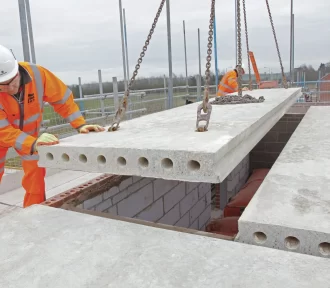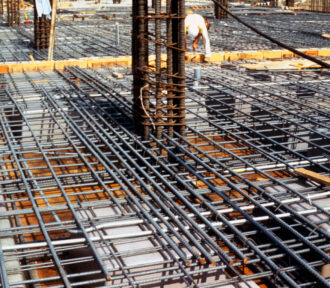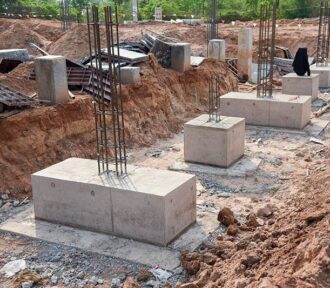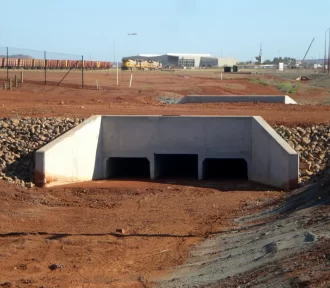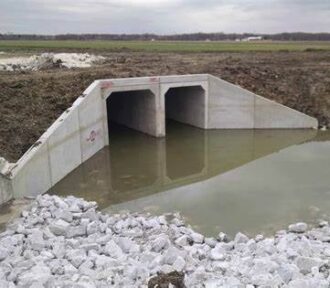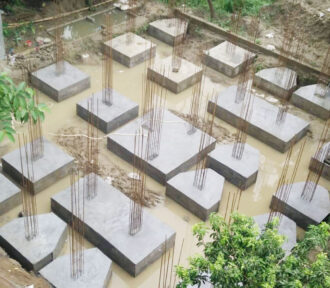This explores the design consideration and distinctions that exists when designing composite steel structures that utilizes precast concrete unit in place of in-situ concrete for flooring.
Category: Eurocodes
This article highlights the advantages of composite metal steel deck over traditional concrete slab in composite steel construction and offers guidance on their design to Eurocode 4.
This article provides guidance and recommendations on detailing of concrete slabs based on Eurocode 2
This article explores the structural analysis and design of Corbels based on the guidance and recommendation of Eurocode 2 (part 1) Corbels have long been…
This article provides insights and useful guidance on assessing thermal effects on building structures based on Eurocode 1 (part 5)
This article provides an overview of the background, status and transition timetable for the second-generation EN Eurocodes that are in development.
This article provides an overview of how to estimate settlement of spread foundation with a focus on Eurocode 7. The article also contains fully worked example.
This article gives an overview of the analysis and design of box culverts, the checks and verifications required to be carried out, and a worked example to the Eurocodes.
This article discusses the various types of loading on box culverts and how to estimate the design value of these loads based on the recommendations of the Eurocodes.
The design of piled foundation unlike other foundation types largely falls within the remit of a geotechnical engineer with little assistance from the structural engineer. The first step requires the geotechnical team to conduct a detailed site investigation
